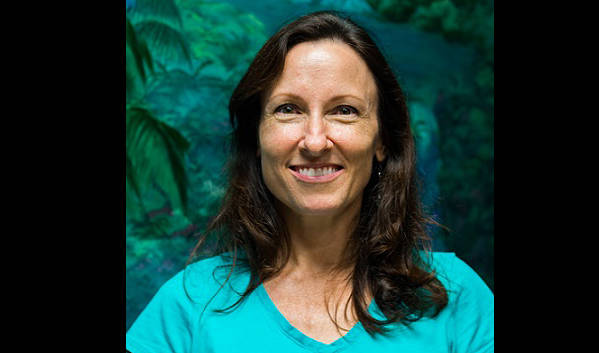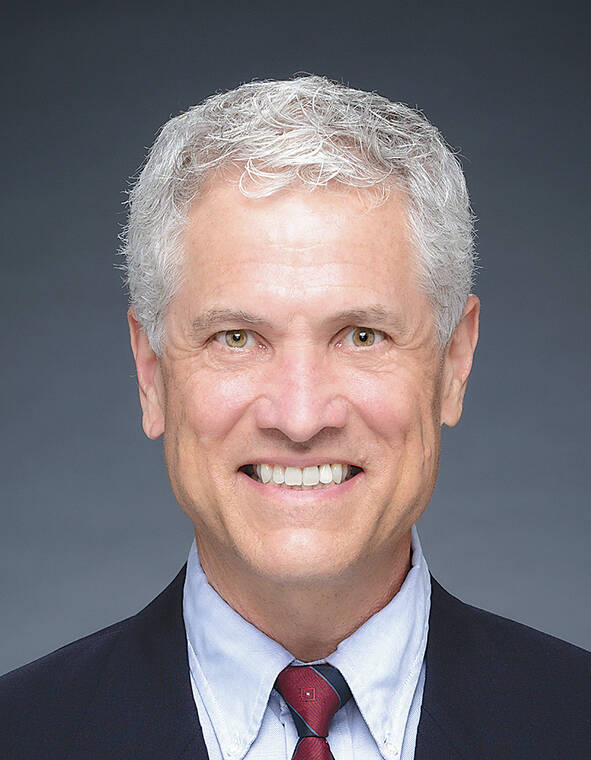Earning college credits on the mauna
As University of Hawaii gears up for another school year, students protesting the construction of the Thirty Meter Telescope atop Maunakea have options to attend class without leaving the mountain.
A list of more than 200 courses students can take on the mauna, either online or via distance learning, is making the rounds online.
ADVERTISING
Courses on the list cover a variety of topics including Hawaiian religion, mythology, culture and language, Pacific Island literature, business, creative writing and philosophy.
While a bulk of those classes are offered through UH-Manoa, about a dozen on that list appear to be offered from UH-Hilo instructors and fewer still from Hawaii Community College.
Justina Mattos, an assistant professor of performing arts at UH-Hilo is just one educator with a class on that list. She’ll offer Introduction to Theater online in the fall.
“As a teacher, I try to make sure I keep my personal opinion out of things so I can encourage my students to engage in healthy, respectful dialogue in the classroom,” she said. “With this situation, I feel the Hawaiian people should be the ultimate determiners of what happens on the mauna. While I will continue to not really speak out to one side or the other, I do feel a personal responsibility to help enable any of the protectors who are in college to be able to continue doing what they feel they need to do without impacting their college education.”
Mattos said regularly scheduled classes are already planned in the system.
“My class happens to be an online course they can take from where ever they (are),” she said, adding that she wanted students who might be at the mauna “to know that option was there.”
However, Mattos said teachers can create independent study courses throughout the university’s add/drop period, where students can earn credit for doing independent projects.
Mattos said educators are encouraged to work with students dealing with extenuating circumstances if there is an ability to do so within the course, such as if a student is hospitalized.
“This is a similar kind of situation.”
“I think college is a place where professors want to encourage free thinking and people who are going to change the world for the better, and we have that,” Mattos said. “We’re in a place and position where we can enable people to advocate for social change, so I feel like we should take that responsibility …”
Celia Bardwell-Jones, an associate professor of philosophy at UH-Hilo, has two classes on the list — reasoning and a directed study course.
She said her online courses, which are open to all students, were offered before protests began.
“My goal is to serve all UH-Hilo students, and some of those students are on the mauna,” Bardwell-Jones said. If there are students on the mauna who “still want to attend the university, my class would be available.”
UH spokesman Dan Meisenzahl said last week that UH is aware of the circulating list of classes.
“University of Hawaii campuses have published class availability for the upcoming semester,” he said. “We anticipate that scheduled courses will be taught as officially described. Students are preparing to start the academic year and have made plans based on those schedules.”
Meisenzahl said nontraditional classroom environments, like distance learning, online classes and research field work, are common across UH campuses.
Each faculty member, department or unit will make sure all requirements are met, he said, and those requirements will vary from course to course.
UH also expects continued protests related to TMT on its campuses, Meisenzahl said, “probably more so at Manoa than anywhere else. Protests have been commonplace on Manoa since the Vietnam War. We don’t expect there to be disruptions to classes or non-TMT related events.”
A spokesperson for UH-Hilo did not respond to a request for comment.
Email Stephanie Salmons at ssalmons@hawaiitribune-herald.com.





